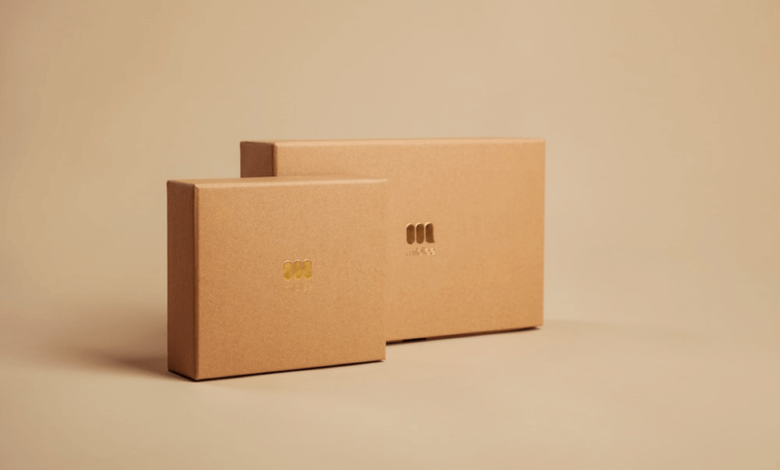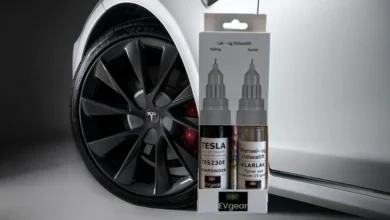Innovative Packaging Solutions in the Manufacturing Industry: Trends and Future Outlook

The manufacturing industry is currently standing at the crossroads of a packaging revolution. As the backbone of product delivery and brand experience, packaging solutions are evolving rapidly, driven by technological advancements and changing consumer demands. This article delves into the innovative packaging solutions emerging in the manufacturing sector, highlighting key trends and offering insights into their future trajectory. From sustainable materials to smart, interactive packaging, we are witnessing a significant shift in how products are encased, protected, and presented.
In today’s global market, packaging goes beyond mere functionality. It plays a critical role in sustainability, customer engagement, and brand differentiation. Manufacturers are increasingly recognizing the power of innovative packaging as a tool to meet environmental goals, enhance user experience, and navigate the complexities of global supply chains. Smart packaging technologies are bringing a new dimension to product interaction, while eco-friendly materials are addressing the urgent need for sustainability.
In this article, we will explore these dynamic changes, examining how the latest trends in packaging are shaping the manufacturing industry. We’ll look at how manufacturers are adapting to these changes and the impact these innovations are having on the entire production cycle, from design and production to logistics and consumer experience.
1. Eco-Friendly Materials: Leading the Way in Sustainable Packaging
Sustainability is no longer a buzzword but a necessary practice in manufacturing[A1] . Eco-friendly materials are at the forefront of this shift, offering alternatives to traditional packaging that are both environmentally responsible and cost-effective. Biodegradable plastics, recycled materials, and plant-based packing options are gaining traction, as they significantly reduce the ecological footprint of products. Manufacturers are increasingly adopting these materials, driven by consumer demand for greener products and regulatory pressures to minimize environmental impact.
2. Advanced Solutions for Temperature-Sensitive Products
Packaging for temperature-sensitive products is a critical aspect of the manufacturing industry, especially in sectors like pharmaceuticals and food. Innovations in this space include advanced insulating materials and smart temperature control systems that ensure products are stored and transported within safe temperature ranges. These solutions not only protect the integrity of the products but also enhance supply chain efficiency by reducing the risk of spoilage and ensuring compliance with health and safety standards.
3. The Rise of Smart Packaging Technologies
Smart packaging is revolutionizing the way we interact with products. Equipped with technologies like QR codes, RFID tags, and IoT sensors, smart packaging solutions offer manufacturers a host of benefits. These include improved traceability, enhanced customer engagement, and valuable data collection. Smart packaging transforms the package into a communication tool, providing consumers with information about product authenticity, usage, and even reordering, directly from the packaging.
4. Customization and Personalization in Packaging
Customization and personalization in packaging are becoming increasingly popular in the manufacturing industry. This trend is driven by consumer demand for unique, tailored experiences. Manufacturers are utilizing advanced printing technologies and flexible design solutions to create packaging that speaks directly to consumers, often enhancing brand loyalty and product appeal. This shift towards personalized packaging is not only a marketing strategy but also a way to differentiate products in a competitive market.
5. Automation and Robotics in Packaging Processes
Automation and robotics are playing an increasingly significant role in packaging within the manufacturing sector. These technologies streamline the packaging process, enhance efficiency, and reduce labor costs. Automated systems and robots can package products faster and more accurately than manual methods, improving throughput and minimizing errors. The integration of these technologies is crucial for manufacturers looking to scale up production while maintaining high-quality standards.
6. The Impact of E-Commerce on Packaging
The e-commerce boom has significantly influenced packaging in the manufacturing industry. As more products are shipped directly to consumers, the need for durable and secure packaging has risen. E-commerce packaging focuses on protecting the product during transit while being lightweight and space-efficient to reduce shipping costs. Manufacturers are innovating with collapsible designs and multi-use packaging to meet these needs, ensuring that products arrive in perfect condition while minimizing waste and cost.
7. Innovations in Protective Packaging
Protective packaging has seen remarkable innovations aimed at preventing damage during transportation and storage. Materials like air pillows, foam inserts, and shock-absorbing designs are being refined to offer superior protection. These advancements are particularly crucial for fragile items and electronics, where even minor impacts can cause significant damage. The future of protective packaging lies in materials that are not only highly effective but also environmentally sustainable.
8. Packaging for Enhanced User Experience
Packaging today is designed with the end-user in mind, aiming to enhance the customer experience. This includes easy-to-open designs, resealable packages, and user-friendly instructions. Innovations in this area are focused on convenience and accessibility, ensuring that the act of unpacking a product is as satisfying as using the product itself. This focus on user experience in packaging design is becoming a differentiator in the market.
9. Regulatory Compliance and Packaging
As environmental concerns and consumer awareness rise, regulatory compliance has become a critical aspect of packaging in the manufacturing industry. Manufacturers must adhere to a myriad of regulations concerning material safety, labeling, and waste reduction. Keeping abreast of these changing regulations and adapting packaging strategies accordingly is a challenge that manufacturers are continuously navigating, often incorporating it as a part of their corporate responsibility initiatives.
Conclusion: The Ongoing Evolution of Packaging in Manufacturing
The world of packaging in the manufacturing sector is one of constant evolution, driven by technological advancements, consumer expectations, and regulatory demands. From sustainable materials to smart packaging solutions, the industry is innovating at a rapid pace. As we look to the future, it’s clear that packaging will continue to play a crucial role in product safety, brand perception, and environmental sustainability. The ongoing advancements in this field are not just enhancing the way products are packaged and delivered but are also shaping the manufacturing industry’s future in profound ways.




